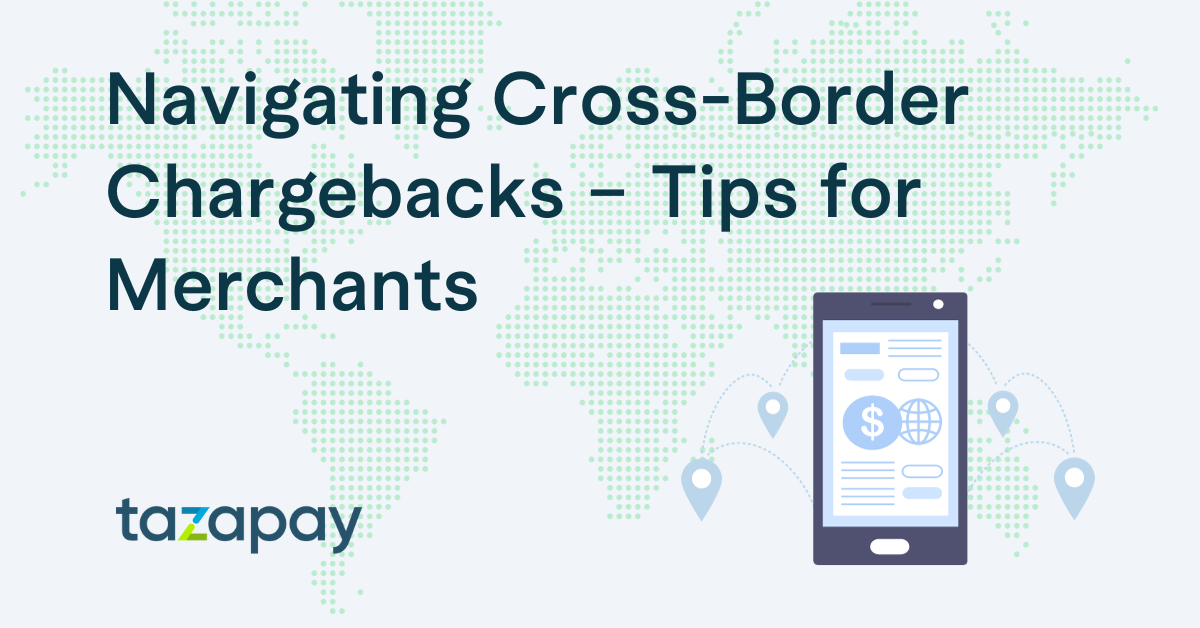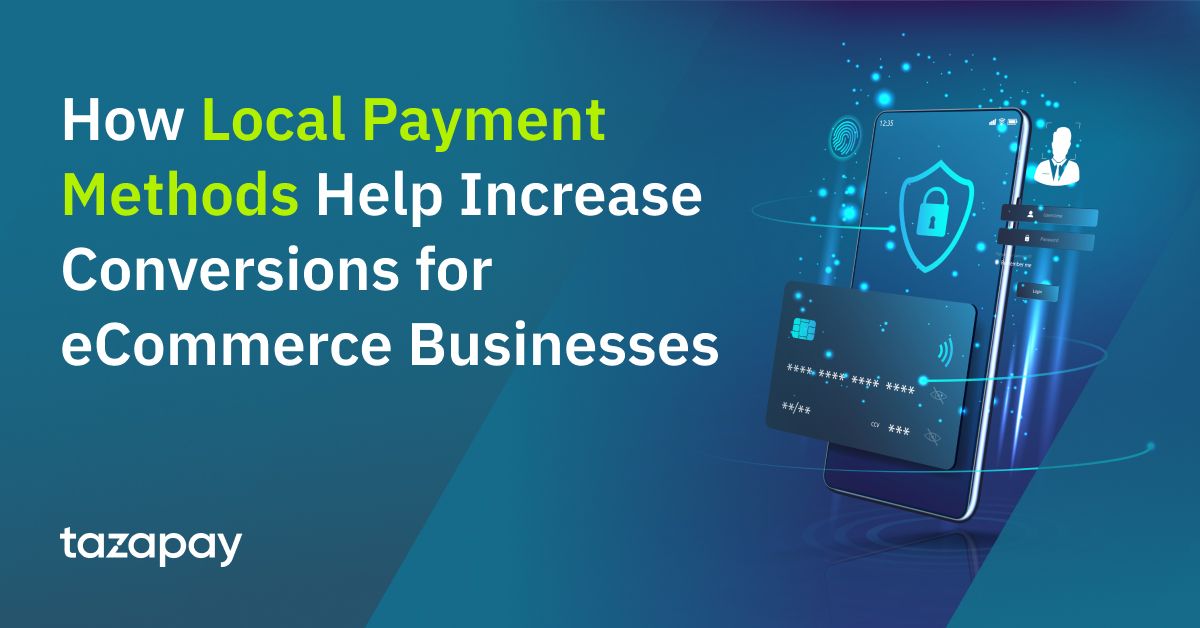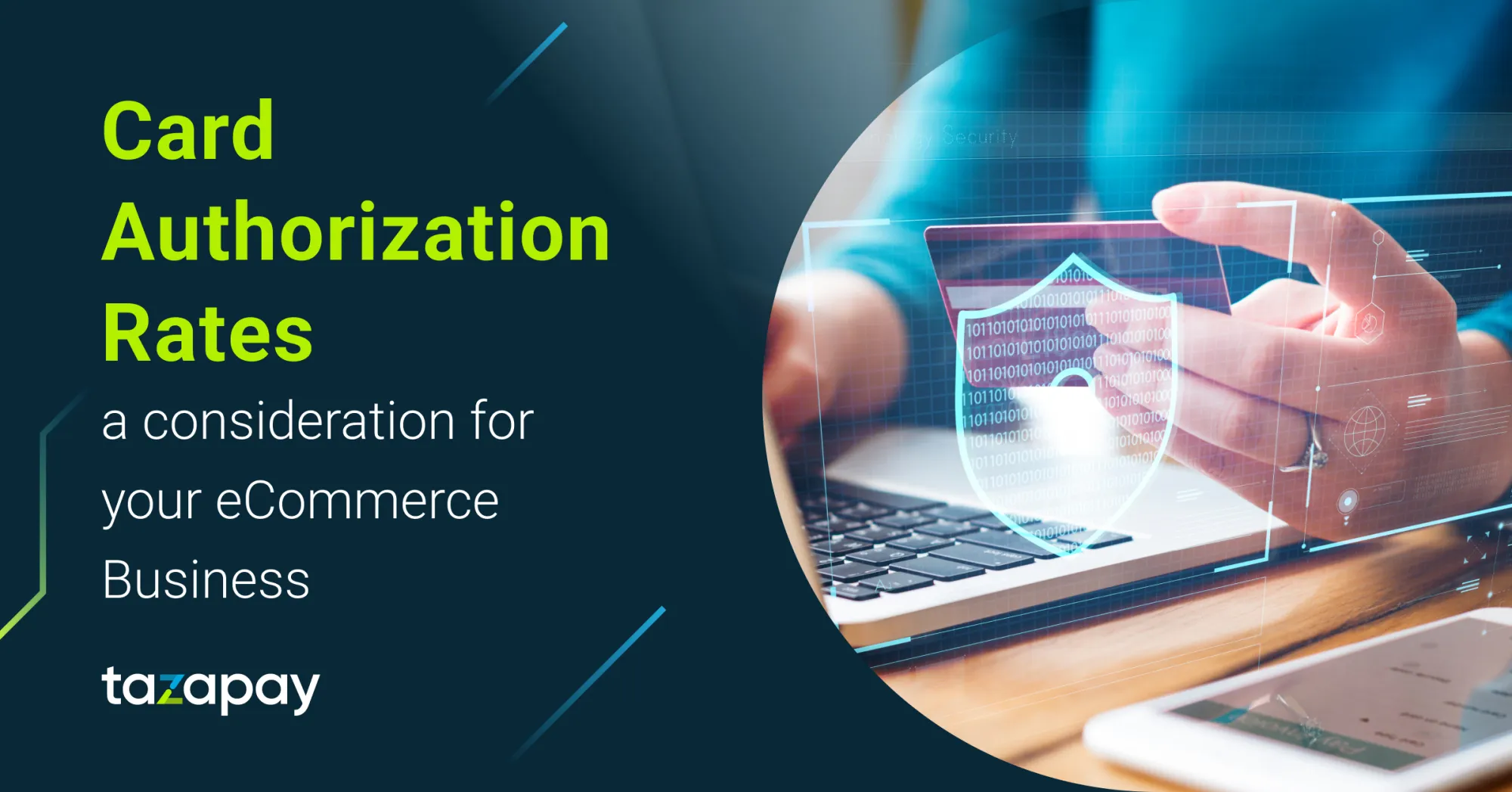- Home
Blog Blog
eCommerce Tips eCommerce Tips
Navigating Cross-Border Chargebacks – Tips for Merchants
Navigating Cross-Border Chargebacks – Tips for Merchants

eCommerce gives merchants access to a global audience. Via digital payments, anyone in the world can be your customer. The simple shift to online shopping resulted in a complex, worldwide eCommerce marketplace.
But global access also creates challenges, specifically with disputes and chargebacks. Standard domestic chargebacks on a regular day are difficult and costly—the problem only grows more complex with international payments. From changing country regulations to different payment processing methods, many merchants struggle with cross-border chargeback defense.
Let's explore all you need about cross-border disputes and how you can manage global chargebacks.
What Is a Cross-Border Chargeback?
A cross-border chargeback is a dispute filed by a customer against a merchant in a different country. Usually, the dispute is related to a cross-border transaction, where a global payment or fund transfer occurs across international country lines.
When defining a cross-border chargeback, you must note the exact jurisdictions involved. For a single payment can traverse through several foreign entities (foreign banks, credit cards, currencies, etc). That's why a cross-border dispute simply refers to someone in one country requesting a sale reversal with a merchant in another country.
If you sell a product to someone in Mexico, it is a cross-border transaction. If the customer disputes the charge, it becomes a cross-border chargeback. The payment and the dispute occur between two different sovereign jurisdictions.
Why Are International Chargebacks a Challenge?
Introducing multiple countries into the dispute process creates several difficulties for merchants:
- Different regulations and rules: Each country may have its unique legal frameworks. Consumer rights vary by region. Even the methods for filing a dispute can change. That means you must work through multiple country-specific dispute processes. Evidence that may work in one country may not work in another. And reasons codes may not be the same. The lack of standardization makes your response to a cross-border dispute far more complex.
- Currency exchange rates: The exchange rate of a currency fluctuates over time. So the value of the initial transaction could be different from the final fund reversal. That creates financial confusion. It may be hard to determine the exact dollar value of a dispute. Aligning the dispute value to the transaction can also become a challenge. You may need to submit financial reports in two currencies. Plus, there are conversion fees you also need to account for. The variable nature of different national currencies makes it hard to manage cross-border chargebacks.
- Higher fraud risks: Fraudsters exploit the opaque process of cross-border payments. Limited data sharing between different regulatory bodies offers the ideal space where bad actors can operate. The physical distance also makes it harder for law enforcement to mobilize. And many criminals will target regions with less fraud prevention resources. That’s why the European Central Bank reports that 63% of the total value of card fraud in 2021 involved cross-border transactions. Such rampant fraud contributes to chargebacks and makes it harder for you to develop a response strategy.
- Communication barriers: The domestic dispute process includes several players (credit card issuers, banks, merchant accounts, the customer, etc). But for a cross-border dispute, you must also account for language differences. That can lead to miscommunication and delays, especially as you submit evidence. There are also problems that occur due to changes in time zones. Communication problems can complicate the dispute process.
Strategies for Managing Cross-Border Chargebacks:
Luckily, there are several steps you can take to better manage international disputes. The following tips can help you build a robust cross-border chargeback defense strategy.
- Know the rules: Familiarize yourself (or your defense team) with the regulations of each country you do business in. With a clear understanding of the local rules, it is far easier to resolve international disputes. For example, you could set up internal operating procedures for each country. Or, develop country-specific escalation paths. It also means you actively stay up-to-date with each country's regulations (e.g. GDPR in Europe).
- Invest in robust fraud detection and Chargeback Automation: Implement advanced fraud detection tools designed to recognize patterns associated with cross-border fraud. For example, many high-level digital solutions now use machine learning to track suspicious consumer behavior. Good fraud prevention also includes educating employees (e.g. proper authentication techniques on international purchases). In addition, make sure to implement a chargeback automation solution such as Chargeflow to help you automate the entire chargeback dispute process.
- Opt for transparent communication: Invest in accessible, easy-to-read store policies. You limit numerous chargebacks with clear shipping expectations, return policies, and product details. Set realistic expectations about customs inspections, duties, and local fees. Plus, a well-written outline of your store dispute procedures can help reduce the confusion of cross-border chargebacks for consumers.
- Find local partnerships: Search out and hire local experts. For example, legal advisors or payment processors such as Omoney who are established in the area can bring a wealth of regional knowledge. That can make fighting a dispute in that jurisdiction far simpler.
- Hire multilingual support: If possible, offer customer support in the local languages of your major markets. Good customer service is one of the best ways to defend against chargebacks. Service reps who know the language are more culturally sensitive, can convey terms and conditions, and help reduce language-related disputes. More importantly, it can help improve customer satisfaction.
- Keep detailed records: Maintain meticulous records of all transactions. Ideally, keep copies of all consumer interactions in the required languages. That also includes financial data, which you can record in both currencies. The more compelling your evidence, the easier it is to win back lost revenues.
- Active monitoring: Regularly review and analyze your chargeback data. Look for patterns or recurring issues, and adjust your strategies accordingly. You can also use digital auditing tools to gain greater visibility over your chargeback operations.
- Use Dynamic Currency Conversion (DCC): Consider investing in card-holder preferred currencies. DCC solutions will convert all prices and transaction details to the buyer's currency. That makes tracking financial and dispute data far simpler. There is a drawback: DCC can expose you to unfavorable exchange rates.
Category

eCommerce Tips
Navigating Cross-Border Chargebacks – Tips for Merchants
Related Articles

Navigating Cross-Border Chargebacks – Tips for Merchants







